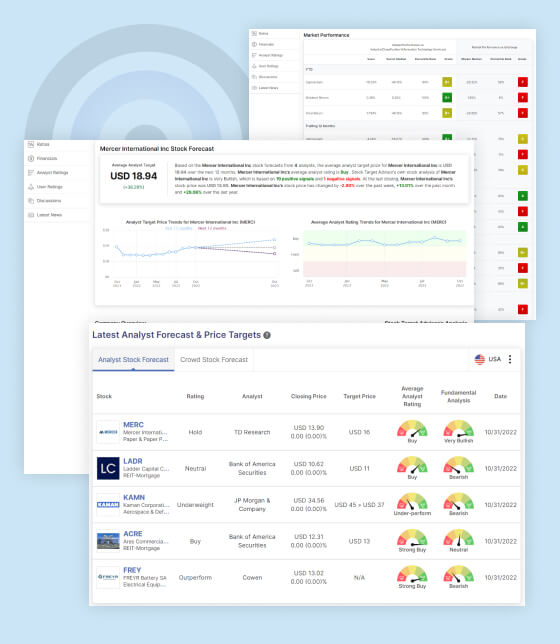Instacart the renowned grocery delivery service, saw its shares surge by a substantial 12.3% on September 19. Initially Instacart stock experienced a boost of 40%. Closing at $33.70, slightly above the initial public offering (IPO) price of $30 set just a day prior, Instacart’s market debut marked a significant milestone.
Instacart’s Valuation and IPO Details:
Instacart’s substantial gain not only signaled a strong market entry but also conferred a valuation of $9.3 billion on its outstanding shares or $11.2 billion on a fully diluted basis. The IPO successfully raised $660 million for the company while offering only 8% of Instacart’s stock to investors. In a strategic move to avoid excessive dilution, a selective group of high-profile investors had committed to purchasing approximately $400 million worth of shares during the listing, leaving a relatively modest free float of $260 million.
Prioritizing Employee Liquidity:
In a CNBC interview, CEO Fidji Simo clarified that the IPO’s main goal wasn’t capital raising, citing the company’s $2 billion in unused funds. Instead, it aimed to provide liquidity to dedicated Instacart employees and co-founders pivotal to its journey.
Shift from Private Investment Highs:
It’s worth noting that Instacart had an impressive stock market debut. However, its current valuation is lower than in 2021. In that year, private investors like Sequoia Capital, Andreessen Horowitz, and Fidelity invested in the company, valuing it at $39 billion. CEO Fidji Simo acknowledged the market adjustments since then but stressed the company’s current strength.
Instacart’s Position in the IPO Landscape:
Instacart’s listing follows the recent successful IPO of British chip designer Arm Holdings (ARM:NSD), which witnessed a 25% surge in its stock price during its debut on September 14, although it experienced subsequent fluctuations.
Reversal in IPO Market Drought:
Investors anticipate Klaviyo’s upcoming IPO with a listing price of $30, exceeding the expected $27 to $29 range. This surge in IPO activity indicates a reversal in the previous market drought. Additionally, it was driven by the ongoing optimism of investors in the backdrop of this year’s favorable stock market trends.
Conclusion:
Instacart’s impressive stock market debut, with a 12.3% gain, is a testament to the company’s resilience and the trust investors place in its business model. While the IPO was not primarily aimed at raising capital, it provided much-needed liquidity to those who have contributed to Instacart’s growth.





























